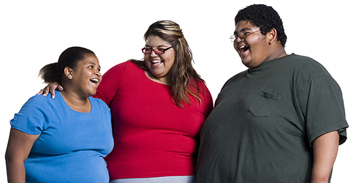
FotoSearch
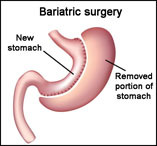
ShutterStock
You might say, "The underlying cause is poor lifestyle." Yet significantly obese people have the quality of life rating of people with cancer on chemotherapy. If simply eating healthy and exercising would cure their problem, why don't they do so, lose weight, and not be miserable anymore? Something else is going on.
What otherwise might we do? Residential programs, e.g. fat camps and obesity rehabilitation centers, produce large weight loss, not as good as surgery, but much better than traditional programs. Could we replicate what's accomplished at residential centers in the real world at a much lower cost?
Residential programs accomplish essentially "forced food withdrawal." This brings to mind what's undertaken at drug addiction rehab centers. In fact, there's mounting evidence that overeating and obesity involve an addictive process. Brains of obese individuals show similarities to the brains of drug addicts, and the relationship with food described by obese individuals satisfies DSM addiction criteria.
How might forced food withdrawal be accomplished in the outside world, similar to residential centers? Withdrawal from food is trickier than withdrawal from a drug, because totally quitting food isn't feasible. Nonetheless, it is feasible both to totally stop snacking and to gradually decrease excessive portions at meals.
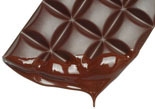
iStockPhoto
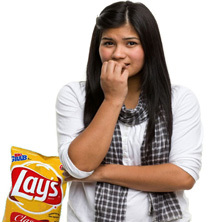
iStockPhoto
We implemented an intervention for eating addiction as a smartphone app and published a study of a trial
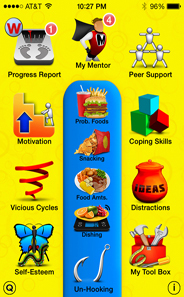
eHealth International
The app treats the two components separately but in parallel. The sensory addiction component is treated similarly to drug addiction by withdrawal/abstinence, first from each problem food, one-by-one, until cravings or difficulty resisting the food resolve. Next comes withdrawal from snacking (non-specific foods), accomplished by advancing snack stoppage time periods -- morning, afternoon, evening, night time -- with the aim of zero snacking for the entire day. Lastly, withdrawal from excessive portions at home meals is achieved by weighing and recording typical amounts of frequent foods served and incrementally reducing amounts.
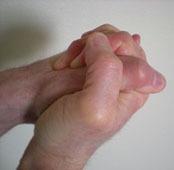
eHealth International
Withdrawal from problem foods and snacking produced minimal withdrawal symptoms among participants in our study. However, withdrawal from excessive portions produced nagging urges, agitation, and outright anger, although rarely true hunger (e.g. stomach growling). Yet, participants described most food withdrawal symptoms as "hunger." Participants displayed obfuscation, rationalization, deflection, denial, cheating, and lying -- resembling drug addicts.
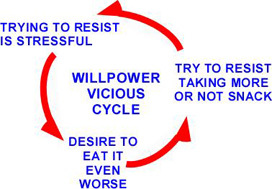
eHealth International
In summary, this app uses addiction treatment methods to achieve zero snacking and reduced mealtime amounts, as an intervention for eating addiction and obesity. The sensory addiction component responds to classic addiction withdrawal methods. The behavioral addiction component responds to behavioral addiction methods. Lack of motivation appears due to fear of withdrawal symptoms and fear of losing a major coping mechanism (eating).
Follow Robert Pretlow, M.D. on Twitter: www.twitter.com/obesityblog

